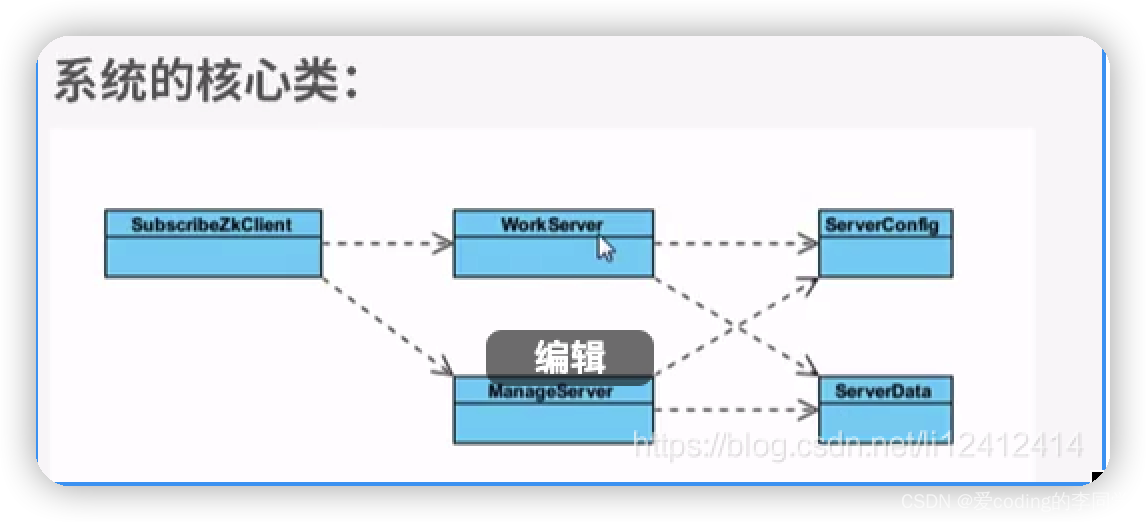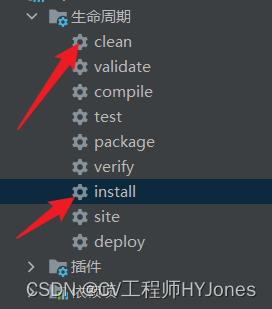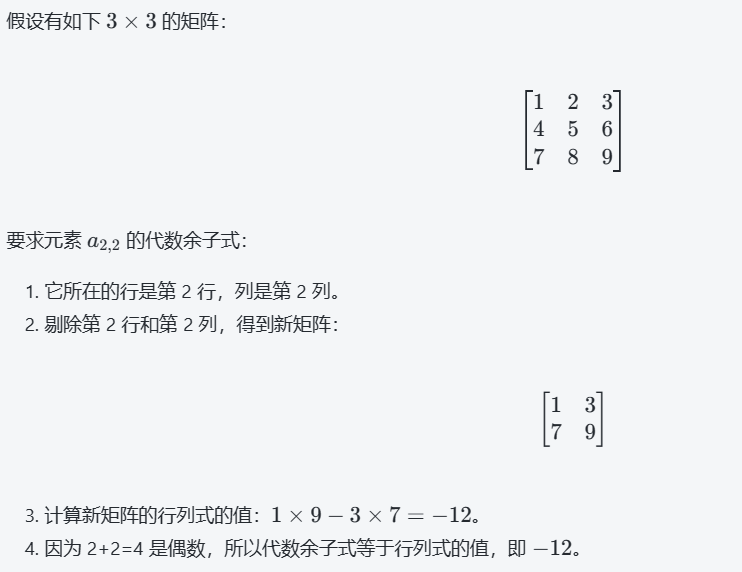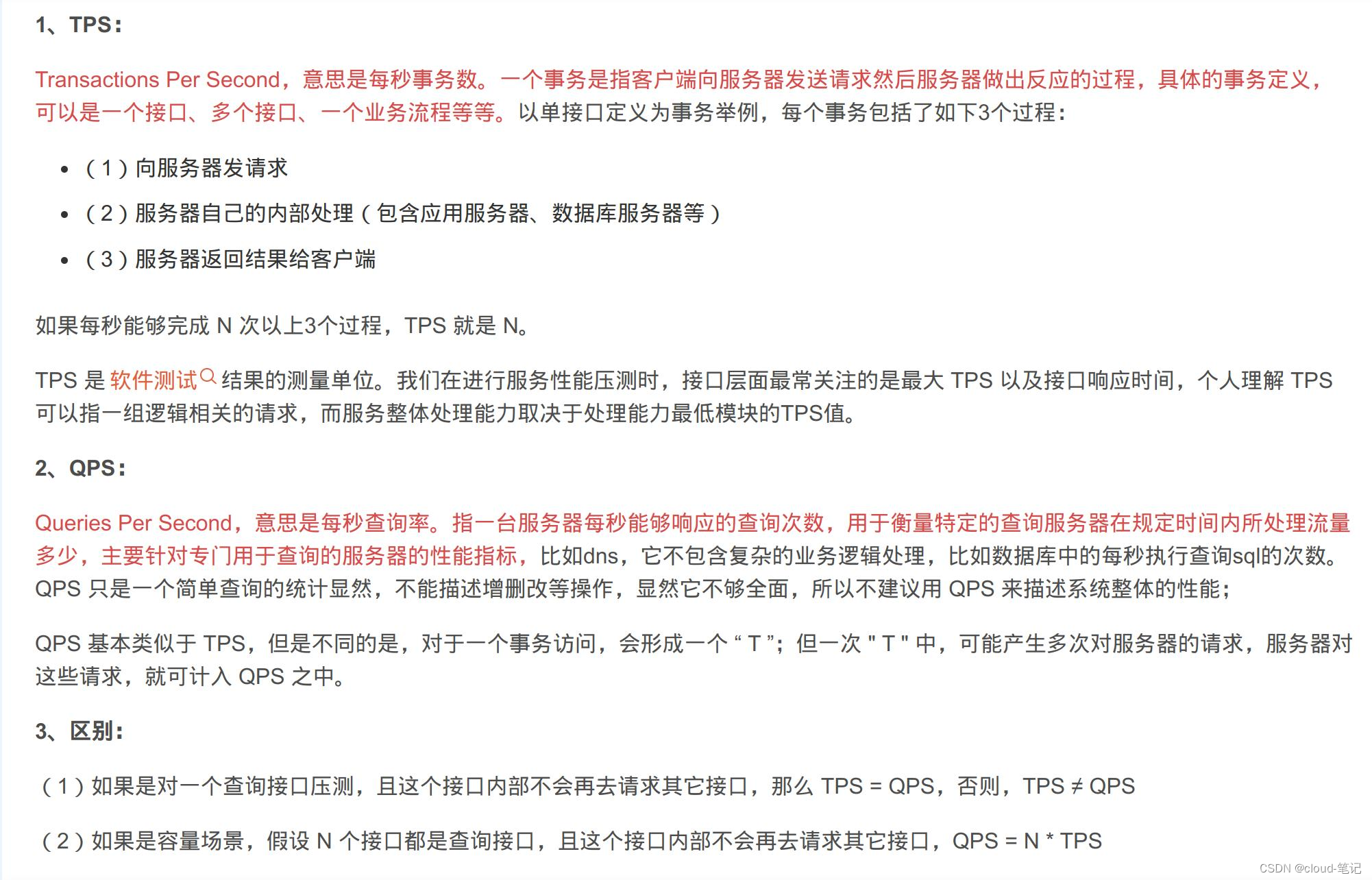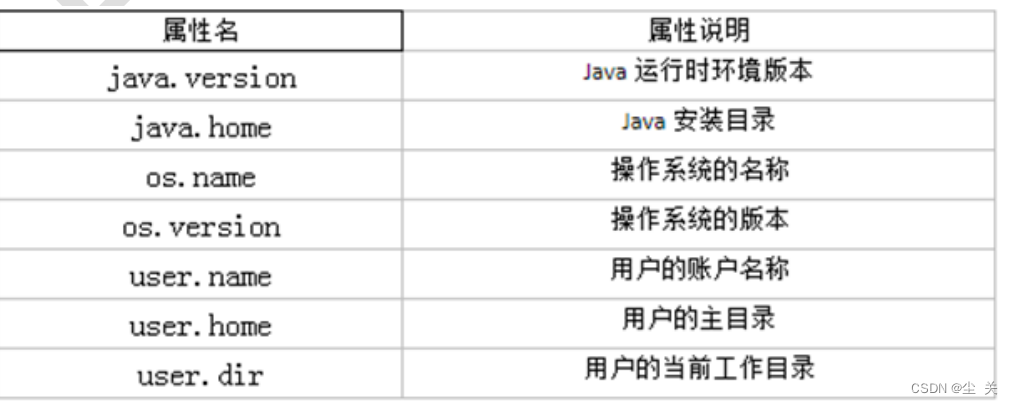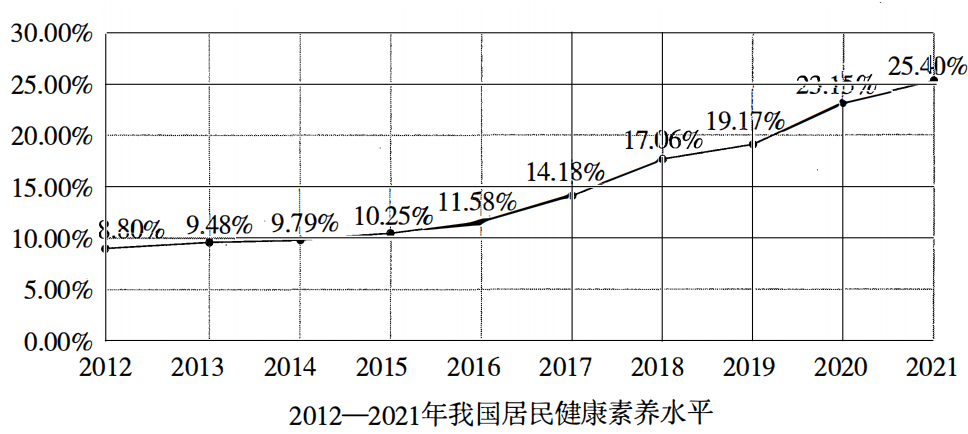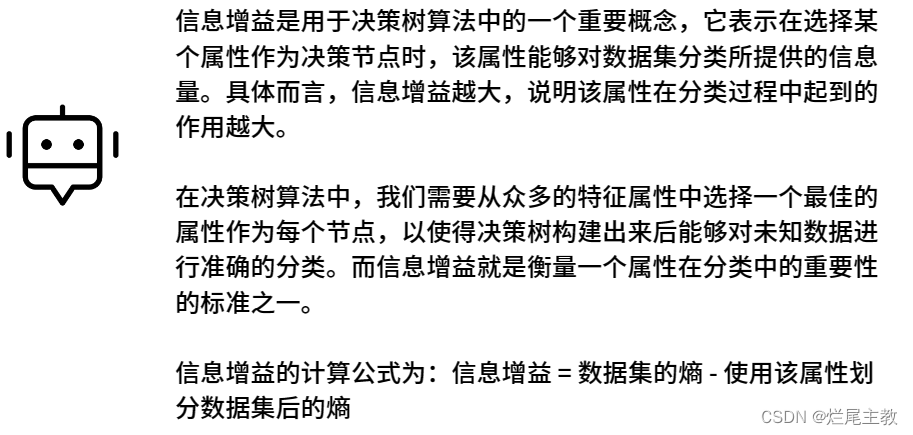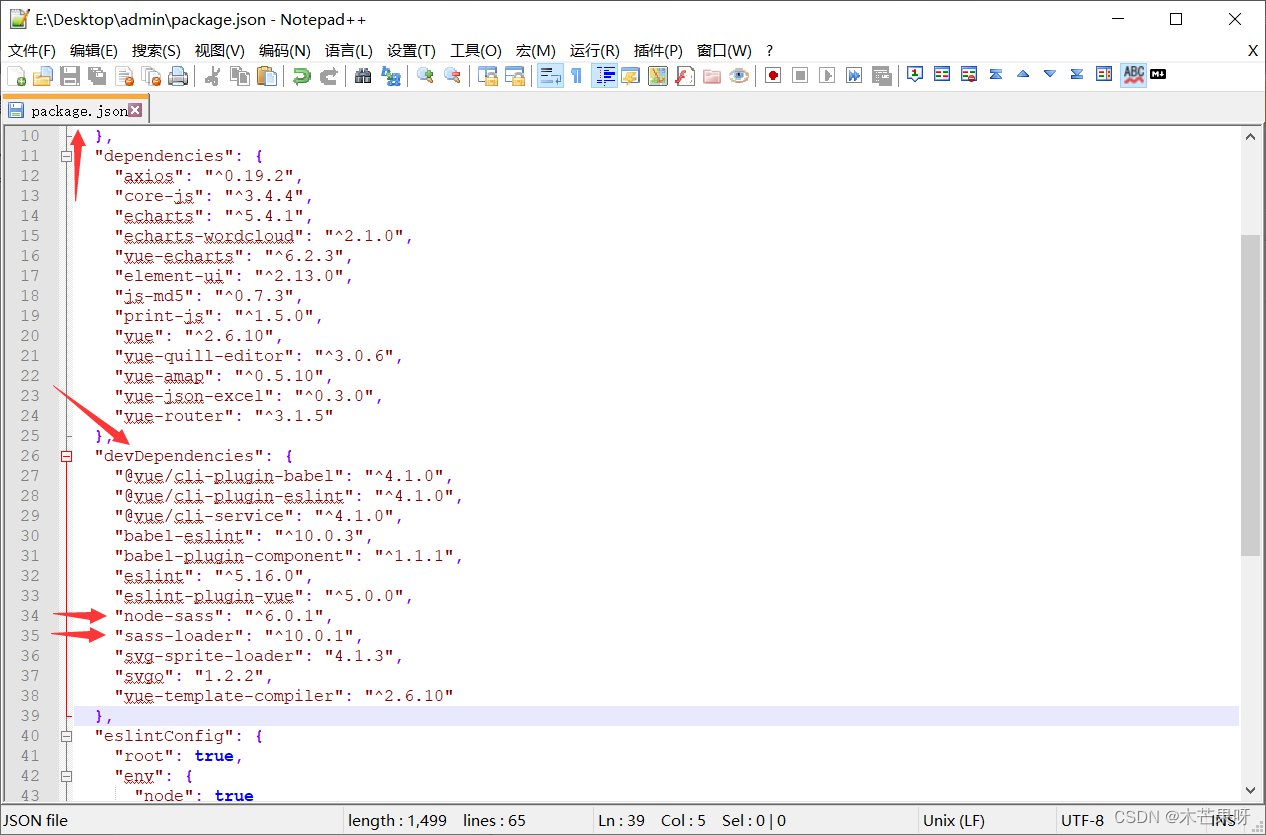创建表格如下:
部门表:
create table if not exists dept(
deptno int, -- 部门编号
dname string, -- 部门名称
loc int -- 部门位置
)
row format delimited fields terminated by '\t';员工表:
create table if not exists emp(
empno int, -- 员工编号
ename string, -- 员工姓名
job string, -- 员工岗位(大数据工程师、前端工程师、java工程师)
sal double, -- 员工薪资
deptno int -- 部门编号
)
row format delimited fields terminated by '\t';将本地数据导入表格:
-- 导入数据
load data local inpath '/opt/module/hive/datas/dept.txt' into table dept;
load data local inpath '/opt/module/hive/datas/emp.txt' into table emp;1.基本查询
起别名(as可省略):
select ename as name, sal salary from emp;运算符:比如将查询的工资提升10元
select ename, sal + 10 from emp;常用函数:
select count(1) cnt, -- 数据库表的行数,等于count(*)
sum(sal) sum_sal, -- 求和
avg(sal) avg_sal, -- 求平均
min(sal) min_sal, -- 最小值
max(sal) max_sal -- 最大值
from emp;ps.count(*)返回的是数据表的行数,而count(sal)返回的是行数-null的个数
ps.当sum/avg/min/max()的数据中存在null,会自动把null忽略
查询工资在800-1000的人:
select ename from emp where sal between 800 and 1000; //[800,1000]左闭右闭
select enmae from emp where sal>=800 and sal<=1000;工资不在800-1000的人:
select ename from emp where sal not between 800 and 1000;
select enmae from emp where not sal>=800 and sal<=1000;limit:
-- 显示前5
select ename from emp limit 5;
-- 显示2-5名
select ename from emp limit 1,4;模糊查询:
查询以张开头的人
-- 通配符
select * from emp where ename like "张%";2.分组与过滤(group by & having)
ps.where只能筛选原始数据,而having可以筛选group by后的数据
查询各个部门的平均工资:
select deptno ,avg(sal) avg_sal from emp
group by deptno;查询平均工资大于2000的部门和其平均工资
select deptno, avg(sal) avg_sal from emp
group by deptno
having avg_sal>2000;3.连接
两表连接(默认就是内连接)
select emp.ename, dept.dname
from emp inner join dept on emp.deptno = dept.deptnops.连接相当于把两张表左右拼接到了一起,拼接的条件就在on后面
多表连接:
select e.ename,
d.dname,
l.loc_name
from emp e
right join dept d on e.deptno = d.deptno
left join location l on d.loc = l.loc;4.全局排序
按照工资从高到低排序
select * from emp order by sal desc;先按照部门编号升序排序,相同部门按照工资降序排序
select * from emp order by deptno asc, sal desc;按照部门平均工资降序给部门排序
select deptno , avg(sal) avg_sal from dept
group by deptno order by avg_sal desc;为避免排序返回的结果太多,一般结合limit使用
例:求薪资最高的5组数据
select * from emp order by sal desc limit 5;内部逻辑:每个mapTask求出各自前五,然后reduceTask汇总mapTask,求出全局前五
5.分区排序(用的少)
首先设置reduce的个数为3:
复习如何分三个区:除以三余数分别为0,1,2.
set mapreduce.job.reduces=3;将empno按照hash值分为3个区,区内按照工资的降序排序
select * from emp distribute by empno sort by sal desc;cluster by:当distribute by和sort by字段相同且为升序时,可以用cluster by代替
select * from emp distribute by empno sort by empno;
等价于
select * from emp cluster by empno;6.练习题

编写一个SQL查询来报告 Person表中每个人的姓、名、城市和州。如果personId 的地址不在Address表中,则报告为空null
select firstname,lastname,city,state
from person P
left join address a on p.personId = a.personId;

解释:表格中的managerID对应的就是这个员工的经理的ID
查询收入比经理高的员工:
select e.name // 编程习惯:查询条件都是放到最后写
from emplyee e
join emplyee m on e.managerId = m.id
where e.salary >= m.salary 编写一个SQL查询,查找Person表中所有重复的电子邮箱
编写一个SQL查询,查找Person表中所有重复的电子邮箱
select email
from Person group by email
having count(1)>1;
编写一个SQL查询,找出所有从不订购任何东西的客户
select c.name
from Customers c
left join Orders o on c.id = o.customerId //要保证所有customer留下来
where o.id is null; 

